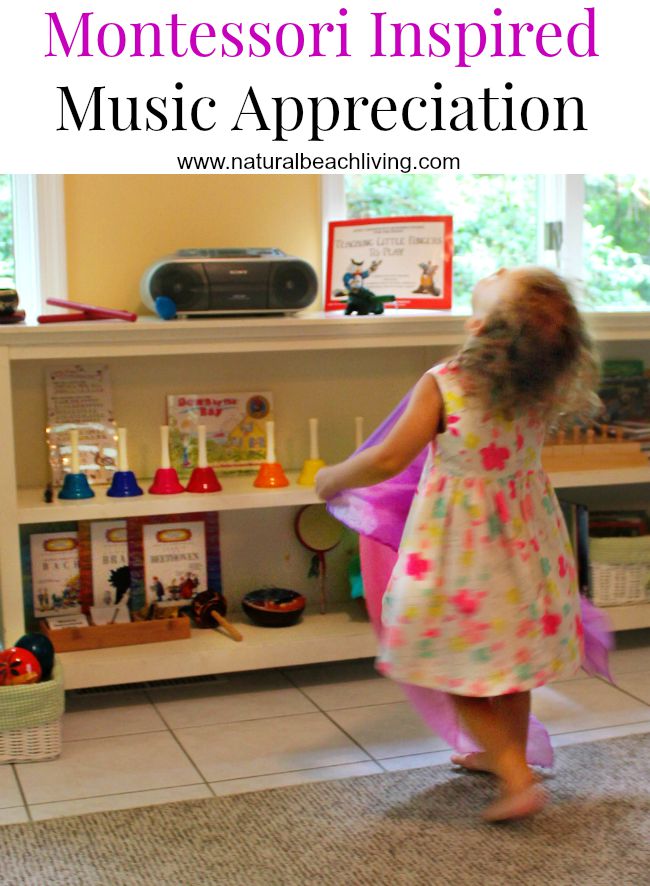How to Make a Water Xylophone – Music and Science Experiments for Kids
Create your own water xylophone using a few simple supplies. Learn about how sound waves travel, how different pitches are produced and have fun playing on your own homemade water glass xylophone musical
Why is teaching kids about music important? Music provides a unique way to teach your kids early reading skills. Singing, playing, and listening are excellent ways for young children to learn about phonemes and practice recognizing different sounds. Teaching kids to play music at an early age helps them make important connections and strengthens memory skills.

Water Xylophone
Xylophones are a great introduction to playing a musical instrument for young children. Kids can practice fine motor skills by striking the bars with their mallets to get the desired level of volume and learn about rhythm and pitch.
Creating a water xylophone is a fun STEAM activity your kids will love! Keep reading to learn how to make your very own DIY water xylophone at home and how to use it to teach your kids all about science and music.
How to Make a Water Xylophone
You can make your own colored or rainbow water xylophone with just a few supplies from the kitchen.
Then, have fun making music with your children and a homemade water xylophone. It’s the perfect musical instrument for curious kids!
This is all you need to build a DIY water xylophone:
- Glass jars, cups, or thin bowls, plastic might work but won’t create the same type of musical notes.
- Water
- Something to tap the glass jars with, we used a metal chopstick, the handle of a metal spoon, or maybe even the metal rim of a pencil could work as well.
- Food Coloring
Here’s how you put it together:
- First, arrange the glasses in a straight line.
- Then, begin filling with water. Fill the first glass with 1 ¾ cups of water. The second glass with 1 ½ cups of water.
- Continue filling each subsequent glass with ¼ cup less water than the preceding glass.
- Then, to create a rainbow of colorful fun, add food coloring to each glass: red, pink, orange, yellow, light green, dark green, blue, purple.
- Finally, use the wooden spoon to tap the glasses and “play” the xylophone.
My kids loved creating their own melodies and attempting to play well-known tunes like “Happy Birthday.” You can easily add more learning fun to this DIY experiment by using the water xylophone to teach your kids how and why xylophones work.
Why does water in glass make sound?
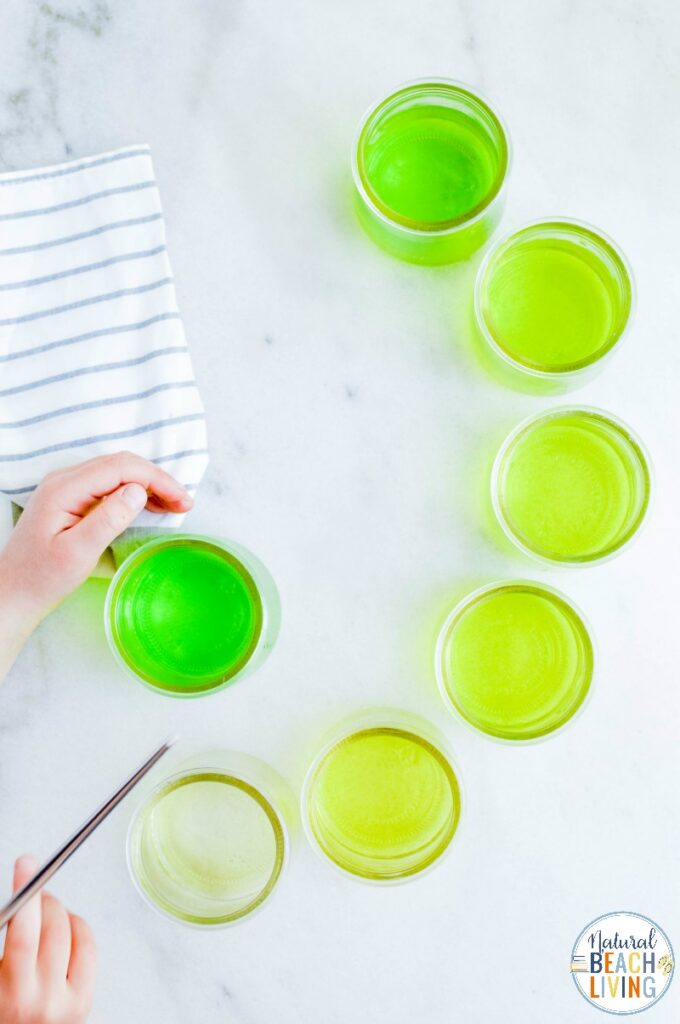
The Science Behind Building a Water Xylophone
Most kids love to make noises and sounds. This water xylophone is an exciting sound-based science experiment you really must do with your kids. It’s so easy! Plus, it’s the perfect STEAM activity for exploring and playing music together.
As you begin to build your water xylophone, take the opportunity to introduce your little learners to the scientific method.
Encourage them to ask questions like:
- Why does the water in the glass make a sound? The sound is created when the glass vibrates affecting the air inside the glass. Hitting the glass with the wooden spoon or your hand creates the vibrations which stimulate the air in the glass.
- How does a xylophone work? Hitting the xylophone’s bars causes vibration. This vibration’s sound is different depending on the length of the bar. For example, longer bars create deeper sounds.
- How does sound travel? Sound travels through vibrations moving in a wave pattern, called sound waves. Sound waves vibrate objects which vibrate other nearby objects, carrying the sound from place to place.
Then, form a hypothesis (an educated guess about what will happen next) about what would happen if you added more water. What about if you poured some of the water out? It’s a great way to get kids thinking critically and thinking like scientists!
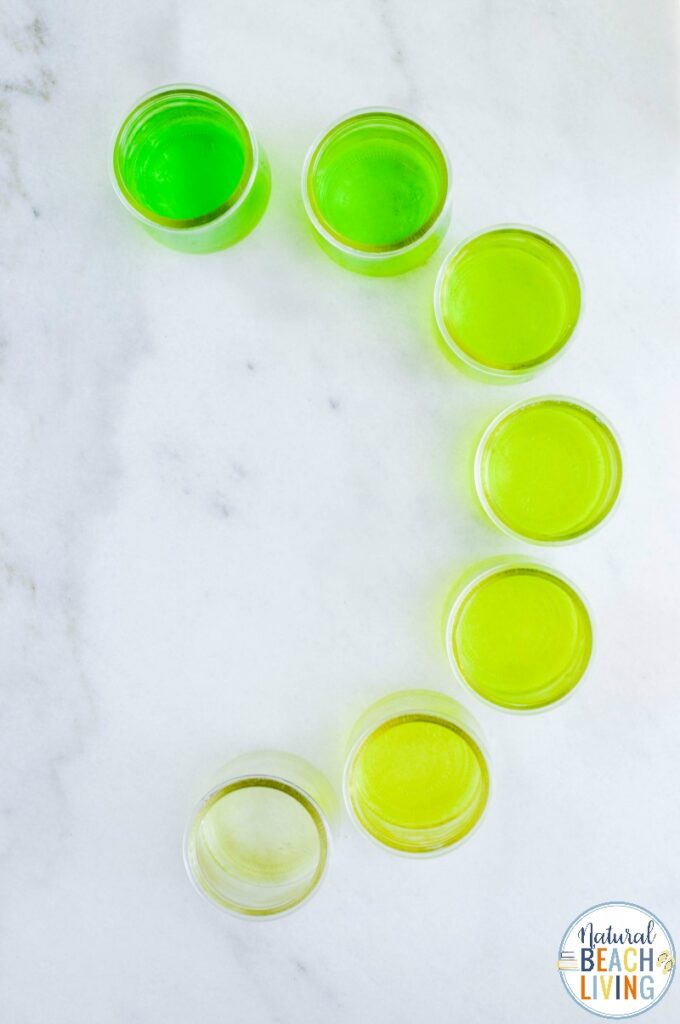
Learning about Music with a Water Xylophone
One easy way to add an artistic element to your DIY water xylophone is by creating a rainbow using food coloring. To do this, mix up a different color in each glass. It’s a fun way to practice color recognition and explore color mixing with your kids as you build your own musical instrument.
Exploring your water xylophone is also the perfect time to learn about musical pitches. Playing the xylophone is a fun way to learn the difference between high and low pitch.
First, explain that pitch is a musical term we use to refer to different tones we hear in music. Then, let kids learn organically by creating their own high and low pitches using the water xylophone.
You can even use your new musical instrument to introduce your children to musical scales and keys? Plus, by using different colors in your xylophone it’s an easy way to help children learn to differentiate between musical keys while they’re still learning to play.
Water Xylophones can teach your kids about math too!
As you build your water xylophone, take the opportunity to learn about measurement. Each glass must have ¼ more water or ¼ less water than the last glass for the xylophone to work.
It’s an excellent opportunity to practice measuring liquids with your kids. Older kids can learn about adding and subtracting fractions while building too. Water xylophones really are the perfect STEAM activity, incorporating science, math, and art to create a unique musical instrument your kids will love playing.
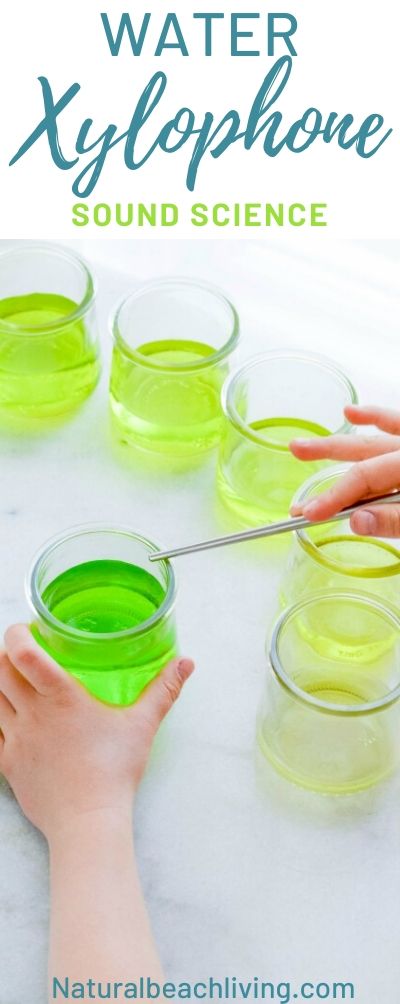
Other DIY Water Instruments to Explore
Water xylophones are easy to create, filled with learning opportunities, and a lot of fun to play! Did you know there are other musical instruments you can make at home with water too?
An ocean harp is a musical instrument made of steel and filled with water. It’s usually played with a bow. Different steel rods on the ocean harp produce different sounds. Amazingly, the ocean harp got its name because it sounds like whales! Many contemporary composers and symphonies include an ocean harp in their music.
Another fun water instrument is the water drum. Water drums have been used all over the world and they’re common in Native American and African Tribal music. You can make your own water drum at home with a large bowl, a small plastic bowl or a gourd (for the traditional water drum), and water of course.
Water drums are fun for kids, but they can be a little bit messy, so be prepared.
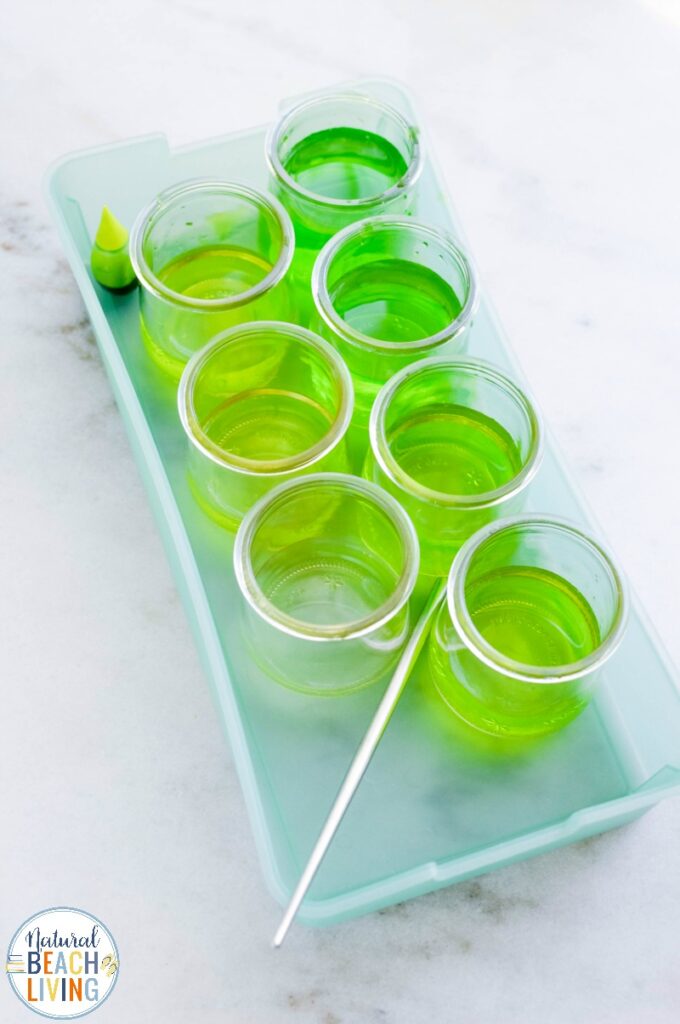
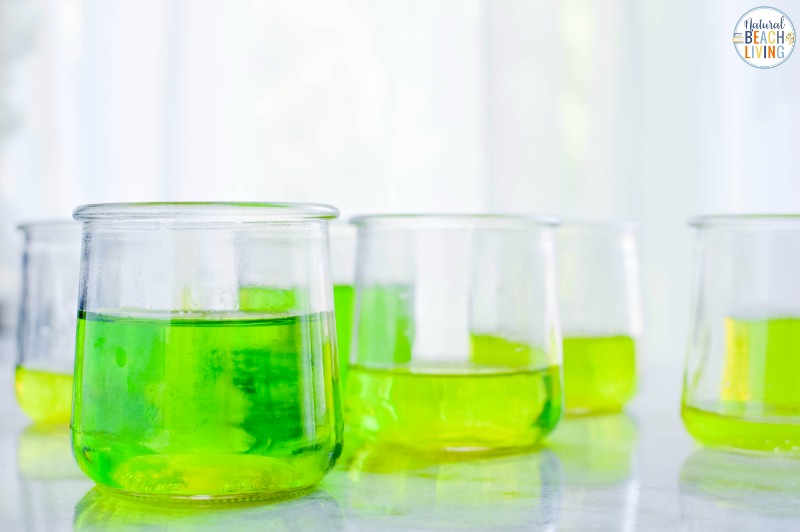
How do you make a water xylophone?
To make a water xylophone you only need a couple of simple supplies that everyone has at your house.
We used 7 jars, but you could likely use as few as 4 and still have a noticeable sound.
We had all of these glass yogurt jars that we use for fun projects just like this, your containers don’t have to be exactly the same as each other though, try a few different and mix up the water amounts to see the way the vessel changes the sounds.
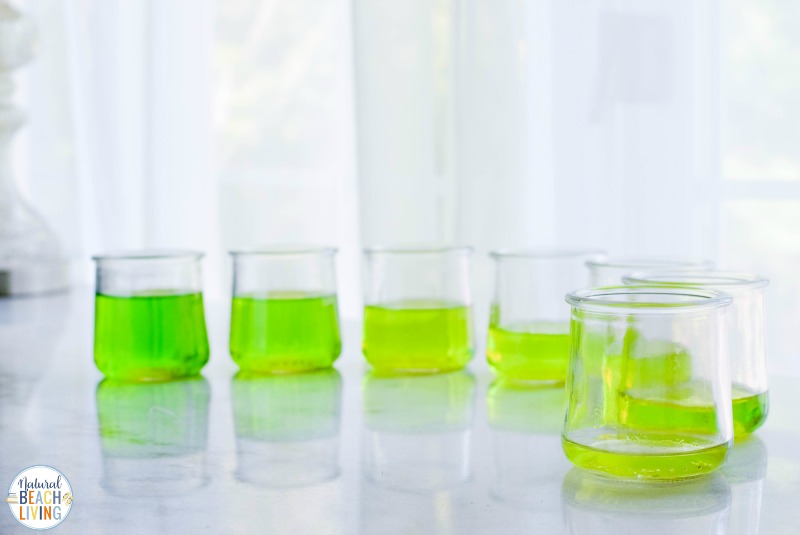
Line up the jars in a row and pour in the water, add slightly less water to each jar as you go down the line.
We then mixed in the green food coloring the jars with more water and were darker and lightly mixed with the chopstick.
Now, have fun making music.
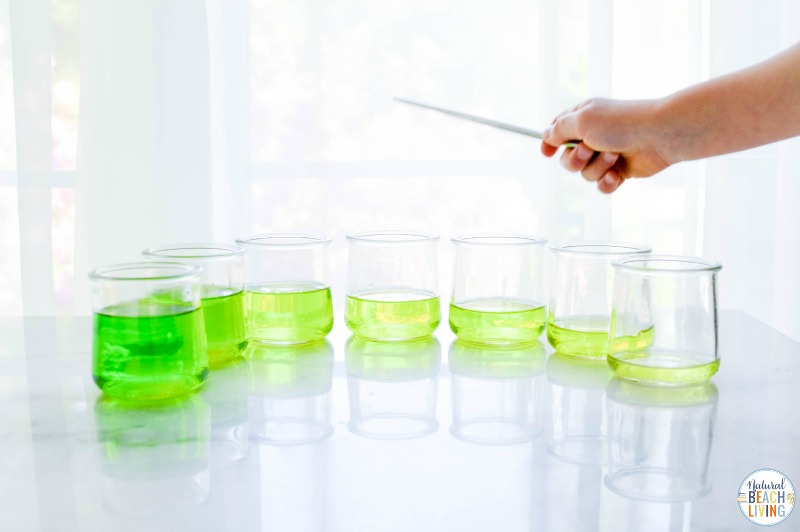
This sound science experiment is simply perfect for your little scientist to explore sounds and pitch.
Music Preschool Activities
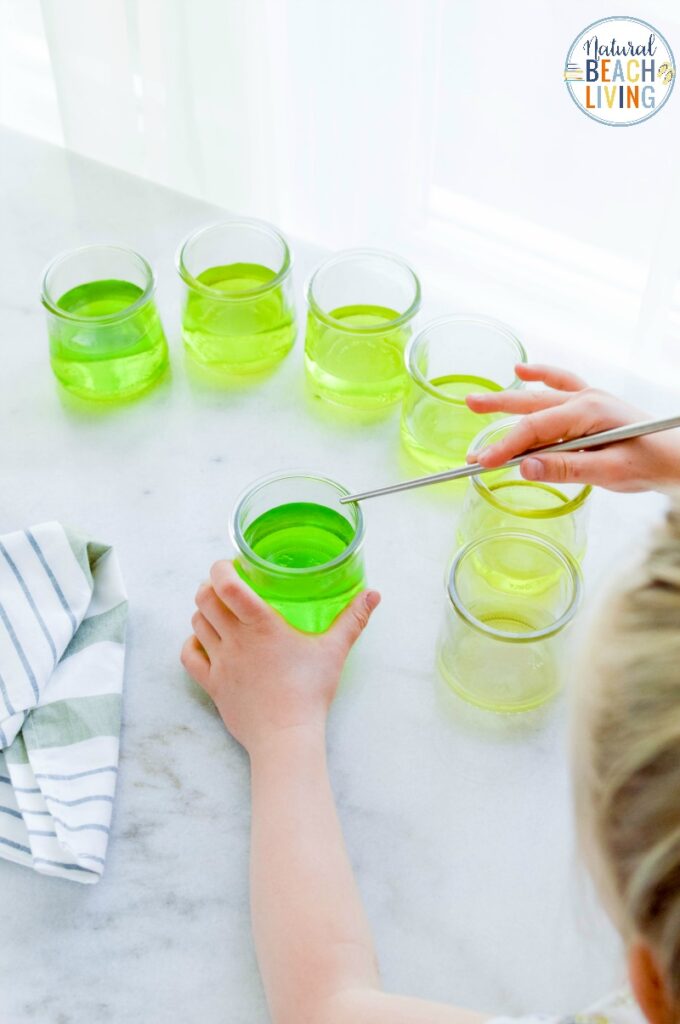
When your child taps the glass and the water and glass vibrate, the pitch of the sound will depend on the speed of the vibrations. Since the glass with the most water slows down the vibrations the most, it produces a lower-pitched sound. And the glass with a little water in it produces a higher pitch sound.
Homemade Music Instrument
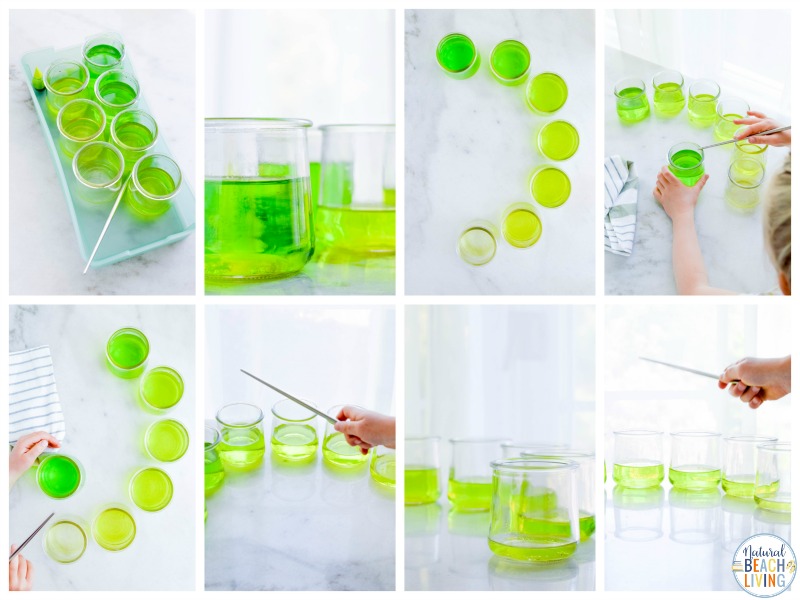
Learn about how sound waves travel, how different pitches are produced, and the science behind this fun water instrument. Plus, have fun playing on your own homemade DIY glass xylophone musical instrument
PIN WATER XYLOPHONE TO SAVE FOR LATER
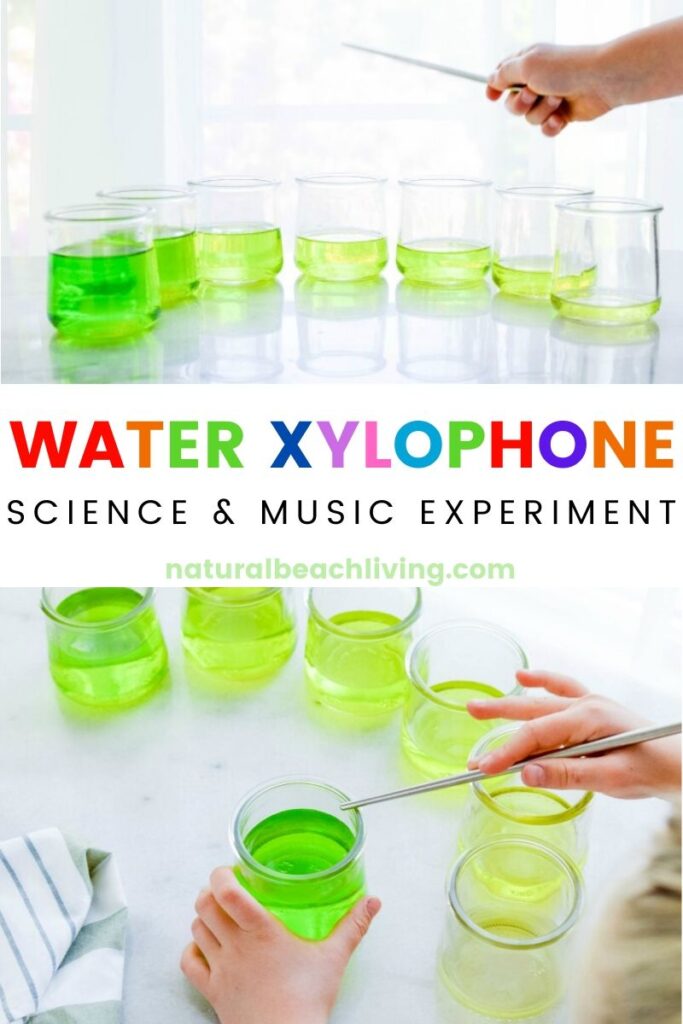
After you create your own musical water instruments at home, put on a concert! Don’t forget to share your messy musical memories in the comments.
Music Activities for Kids
Studies have shown that you will also love the following ideas if you like them. I have pulled them together for you right here!
DIY Ocean Drum Craft
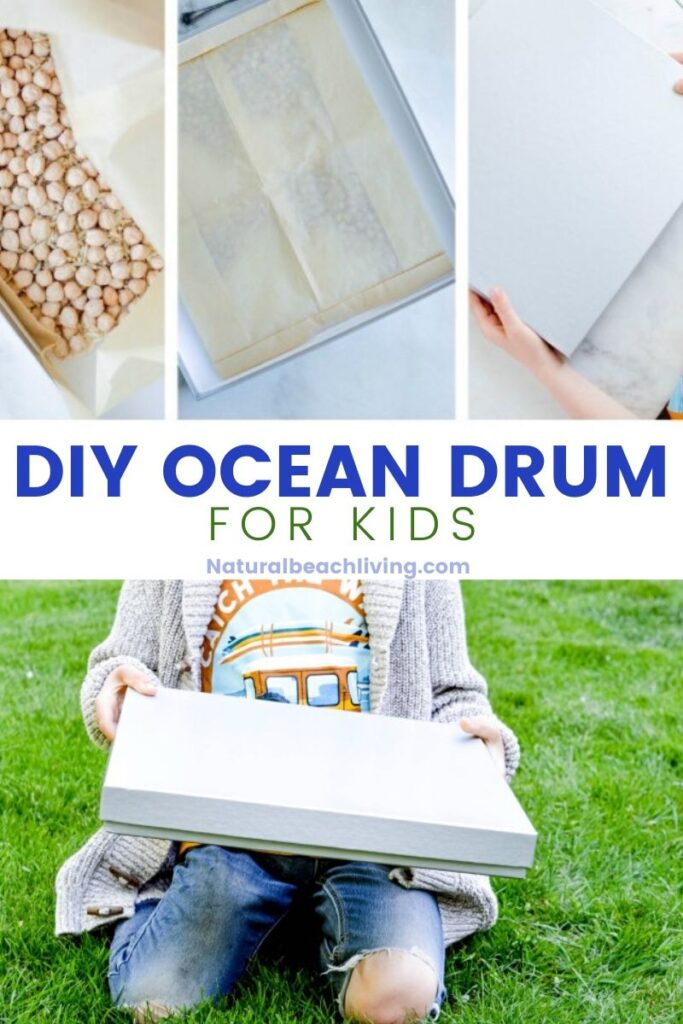
Montessori Music Activities for Preschoolers
